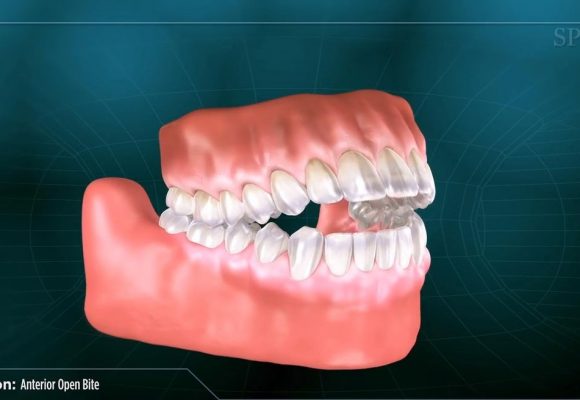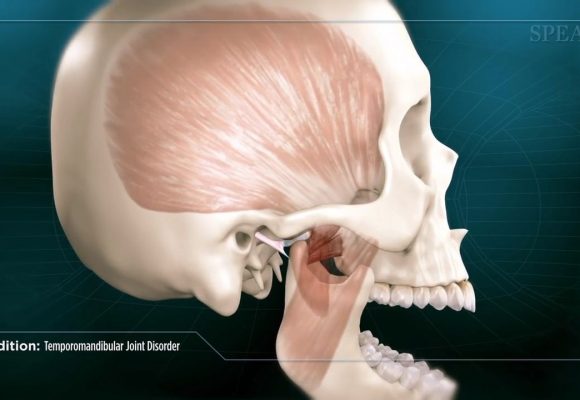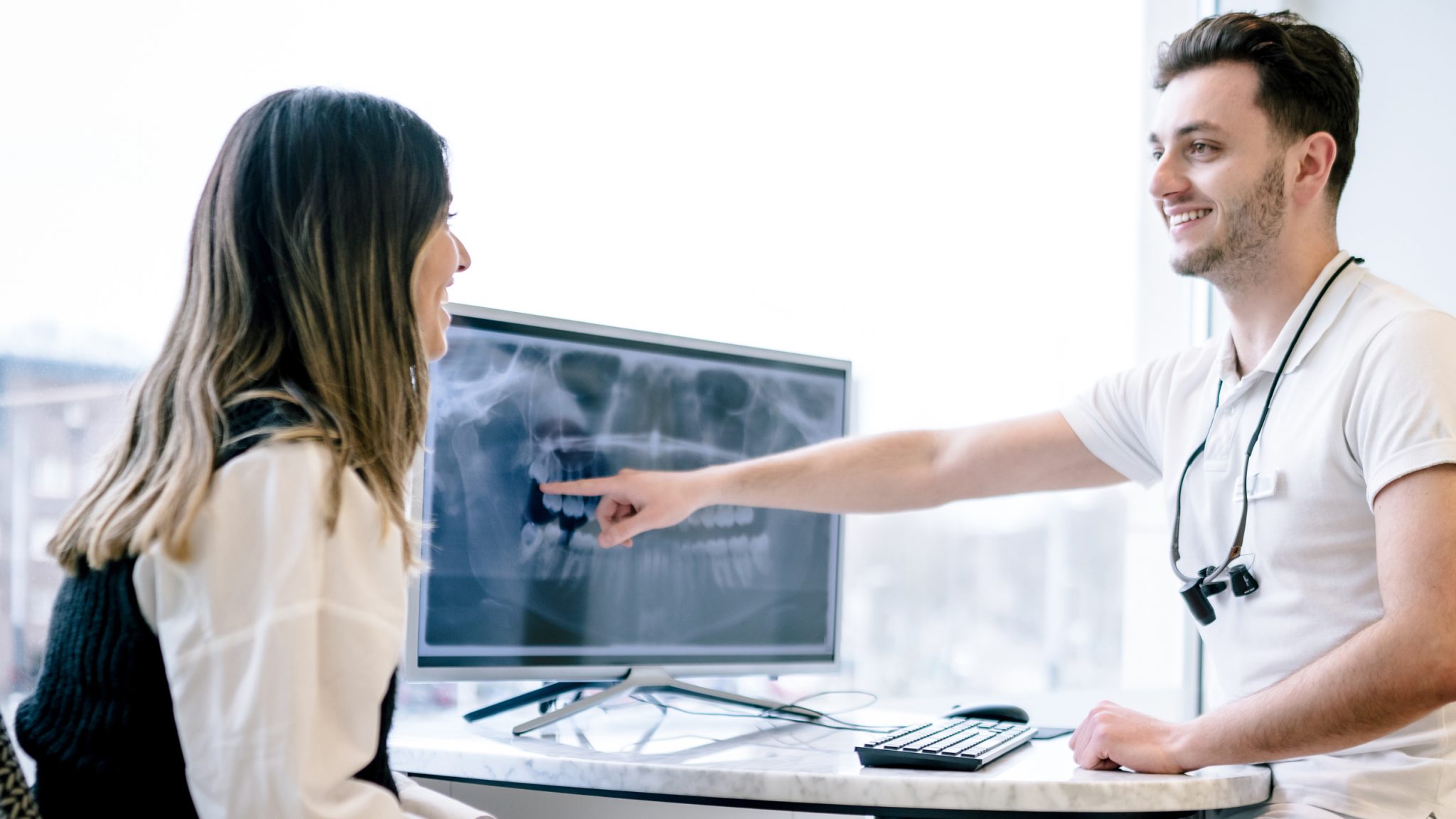A healthy chewing system is determined by multiple factors that your doctor will evaluate during the course of your exam, one of which is the actual jaw joint, the hinge that opens and closes your mouth. The hinge is a ball and socket, similar to those in your shoulder and hip. When in a closed position, ideally the ball fits into the socket on each side of your head and should fully rest up and into the socket, in a position often referred to as centric relation. As your jaw opens, the ball not only rotates in the socket, but actually glides out of the socket, allowing your mouth to open wide and forward. This is a critical component of healthy jaw function.
A key component of the ball and socket is a piece of cartilage separating the two, called the articulator disk. It ideally remains on top of the ball as is slides in and out of the socket. This ensures smooth jaw movement and optimal protection of the bone surface.
Your chewing muscles can play a major role in allowing your joints to move symmetrically into the ”centric relation” position. When your jaw is opening and closing, each side of the jaw should be moving in concert with the other so that the jaw is moving along the center, or midline of your face.
An evaluation of the ”centric relation” position is a key in determining if any aspect of this complex system is not working properly. When not in harmony, it can result in painful muscles, as well as jaw and bite misalignment. Your dentist is the best resource to help you understand the unique characteristics of how your jaw functions and how it could potentially be improved.
Copyright © 2018 Spear Education. All rights reserved.
Related Articles

Anterior Open Bite
An anterior open bite is a condition where a patient’s top and bottom front teeth…
Read more
Temporomandibular Joint Disorder
Temporomandibular Joint Disorder, or TMD for short, is a condition involving the joints, muscles, nerves…
Read more
Malocclusion (Class III)
Occlusion is a term dentists use to describe how teeth come together. When a patient…
Read more